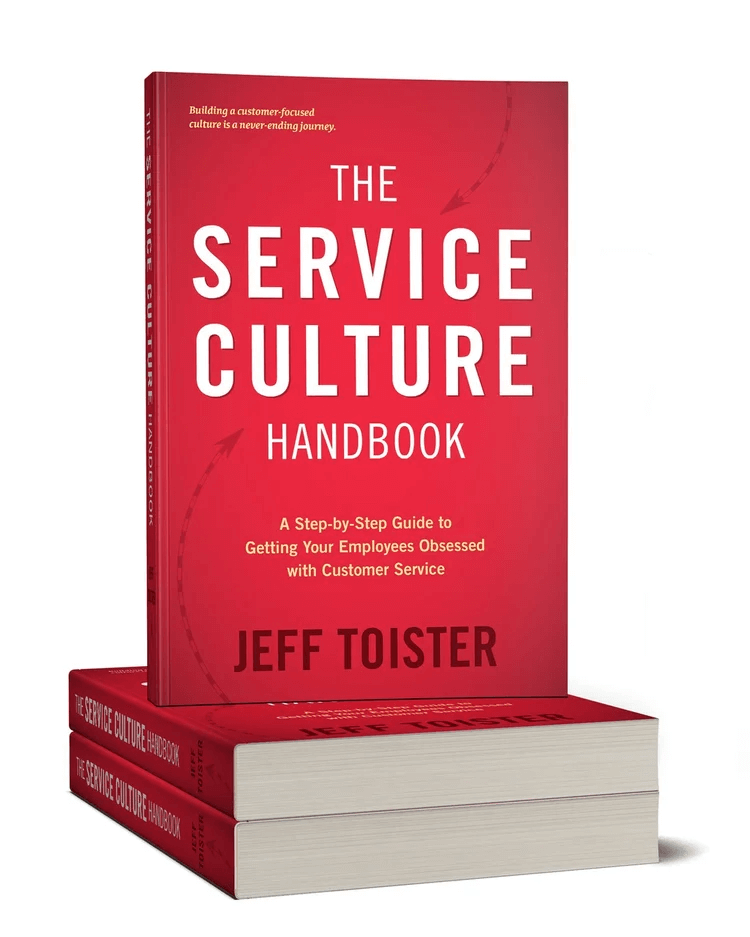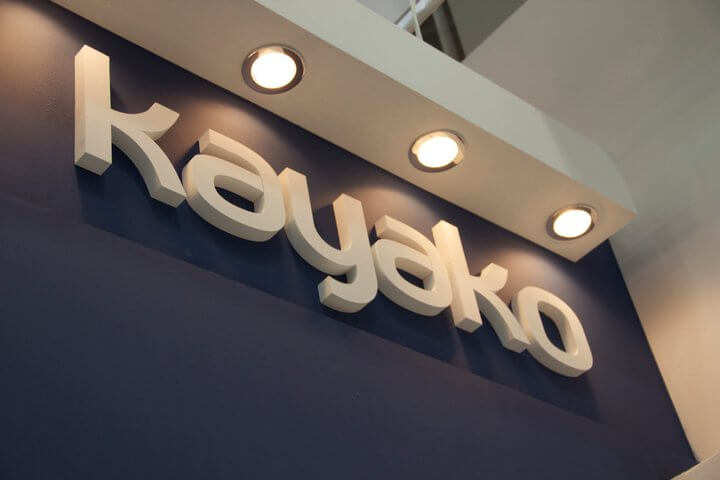Every customer interaction is an opportunity to create loyalty — or risk losing it. Customer service training gives your team the skills to make every experience count. It teaches agents how to communicate clearly, understand products, and use support tools effectively. The impact is clear: 88% of customers say experience matters as much as the product, and 73% say it influences their buying decisions (Salesforce, PwC).
In this interview, Jeff Toister, The Service Culture Guide, shares lessons from his early career. He explains his 5-5-5 training method and how it helps teams learn effectively. He also offers strategies for designing and adapting customer service training for remote, hybrid, and AI-driven teams. His insights help leaders and agents improve skills and boost team performance.
Personal journey: from early mistakes to lifelong learning
Q: Jeff, you’ve shared that your very first customer service interaction ended in failure. How did that experience shape your career path?
I felt terrible that I hadn't helped the customer and vowed to learn from that experience. Two months later, my manager asked me to help train a new employee. Every job I've had since has included some combination of customer service and training.
Q: What inspired you to become “The Service Culture Guide”? Was there a defining moment when you knew this work would be your calling?
There wasn't one defining moment. Service culture has always been fascinating. Why do so few companies consistently deliver amazing customer service? I've always been inspired by leaders who are absolutely committed to building a customer-focused culture, but are humble enough to ask for help getting there. Watching a team or an entire company transform is really satisfying.

How modern customer service training works
Let’s shift to customer service training—an area you’ve profoundly shaped.
Q: You recently launched the Service Training Tips newsletter. What kinds of challenges do today’s customer service leaders face when trying to train their teams?
Leaders tell me they face three obstacles when it comes to customer service training: time, resources, and know-how. Leaders are always pressed for time, and what little time they have for training tends to be spent on technical topics.
Finding great customer service content can be difficult, too. Leaders also privately question their ability to deliver effective training. I created Service Training Tips to help solve all of those problems by giving busy customer service leaders the resources they need to easily develop their teams.
How to develop skills in just 15 minutes a week
Q: One of your signature approaches is the 5-5-5 method for training. What led you to develop this model, and how does it work in real-world teams?
The 5-5-5 approach is something I've seen customer service leaders use effectively over many years. My contribution was to describe it and give it a name. It works by spending just five minutes preparing a simple lesson, five minutes delivering it, and five minutes following up to make sure the lesson sticks for a total of 15 minutes. Most leaders tell me they can spare 15 minutes per week. Those lessons really add up if you commit to them on a weekly basis.
Building effective customer service training programs
Now that we’ve touched on your methods, let’s talk about structure.
Q: Why should leaders identify the skills to train before training?
Training is fundamentally about solving problems. Customer service training is most effective when you identify a specific problem to solve and the skills that employees need to solve it. This helps you pinpoint the exact training employees need to be successful.
Sending employees to training without first assessing their needs creates a lot of waste. You might give employees content they already know or won’t have a chance to use. This content-first approach tends to make training take longer than it needs to be.
Q: You emphasize shorter, consistent lessons to improve retention. So why do so many organizations still stick with long-format, one-time trainings?
I don't think there's anything inherently wrong with a workshop or e-learning. The real challenge is reinforcing skills and promoting continuous development.
That can be a lot of work, and I think that's why so many managers don't do it. They perceive it as being easier to send employees to a one-off learning event and then hope they somehow do their jobs better.
Short, consistent lessons provide ongoing reinforcement. They're easier and faster to create, deliver, and follow up on. But they also take commitment to stick with it over the long term.
Short, consistent lessons vs long-term training
Q: Once training is delivered, how can managers follow up in a way that reinforces learning without crossing into micromanagement?
Ironically, a lot of managers fail to follow up and reinforce learning because they're afraid of being a micromanager!
The best managers take a flexible approach. The amount of direction and support they give employees depends on how each employee is performing. A good manager adapts to individual employees' needs. They provide extra coaching and feedback to employees who are struggling to master a new skill, while giving more space to proficient employees who can demonstrate their skills.
Adapting to remote or hybrid teams
Q: More teams are remote or hybrid now. How can companies make customer service training just as effective in those environments?
Identify what works well with in-person training and adapt it to a remote environment. For example, boring lectures don't work well in person. A far better approach is to combine short lessons with interaction and hands-on application.
AI’s role in customer service training
Let’s explore how technology fits into the training picture.
Q: How has AI changed the way you approach customer service training today?
I see AI changing customer service training in a few places. One is data. AI is allowing teams to use customer sentiment, quality assurance, and other rich data to help identify training opportunities in real-time.
A second area is workflow. AI tools can nudge customer service reps in the middle of a call or email to help them say the right thing or access necessary information. That's a great form of on-the-job training that builds skills without taking employees away from work.
Simulations are a third area that's really promising. AI-based customer service simulations have the potential to provide realistic practice opportunities without involving real customers. Imagine learning how to build rapport, listen to someone's needs, or defuse an upset customer in a safe environment where it's okay to take risks and learn from mistakes.
Human-centered skills that will always matter
Q: Even as AI evolves, which human-centered skills should companies always focus on developing?
Humans offer a unique set of skills in customer service that AI won't be able to match anytime soon. My top three are rapport, empathy, and advocacy.
- Rapport is the ability to get a customer to like, know, and trust you. Service gets easier and more enjoyable when there's genuine rapport.
- Empathy is the ability to understand how a customer is feeling, which leads to a deeper understanding of their needs.
- Advocacy is the willingness to work on the customer's behalf to find a solution, even if that means putting in extra effort, finding creative solutions, or bending an occasional rule.
Books and lasting influence in customer service
You’ve also written extensively on these topics.
Q: You’ve authored several influential books on customer service. Which one do you believe has made the biggest impact—and why?
The Service Culture Handbook has had the biggest impact. It's influenced organizations and teams to build, grow, and sustain customer-focused cultures.

Final advice for service leaders
Q: For people passionate about customer service, what’s your message to them as they continue their journey?
Never stop learning. Every customer service interaction is an opportunity to refine your skills.
Making customer service training work
Customer service training works best when it is simple, consistent, and actionable. Jeff Toister demonstrates that short, practical lessons help employees retain skills and immediately apply them to real customer situations.
Training that considers the needs of remote, hybrid, and AI-assisted teams ensures all agents gain the same opportunities to learn and succeed. Leaders who focus on application, not volume, see measurable improvements in both performance and customer satisfaction.
In the end, effective customer service training builds confidence, strengthens team performance, and improves the overall customer experience—one interaction at a time. It transforms learning into action, creating lasting results across the organization.



